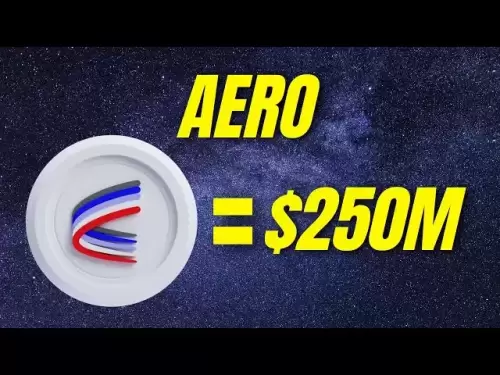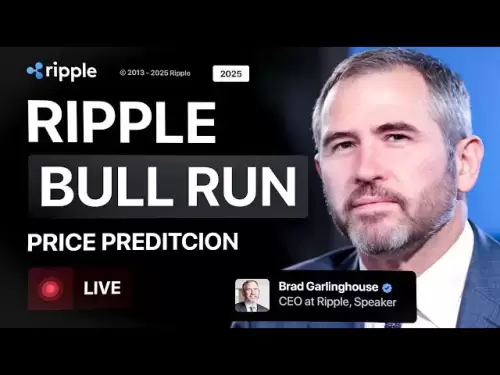-
 Bitcoin
Bitcoin $115,838.9935
4.06% -
 Ethereum
Ethereum $2,962.3060
6.90% -
 Tether USDt
Tether USDt $0.9999
-0.05% -
 XRP
XRP $2.5366
5.01% -
 BNB
BNB $686.0768
2.37% -
 Solana
Solana $163.9329
4.06% -
 USDC
USDC $0.9999
-0.02% -
 Dogecoin
Dogecoin $0.1924
5.65% -
 TRON
TRON $0.2929
1.03% -
 Cardano
Cardano $0.6744
8.30% -
 Hyperliquid
Hyperliquid $43.6306
6.90% -
 Sui
Sui $3.4647
12.59% -
 Bitcoin Cash
Bitcoin Cash $519.0816
1.17% -
 Chainlink
Chainlink $15.2152
6.57% -
 Stellar
Stellar $0.3034
5.48% -
 Avalanche
Avalanche $20.5939
5.48% -
 UNUS SED LEO
UNUS SED LEO $9.0437
0.50% -
 Hedera
Hedera $0.1878
9.62% -
 Shiba Inu
Shiba Inu $0.0...01321
6.26% -
 Toncoin
Toncoin $2.9364
3.03% -
 Litecoin
Litecoin $94.5494
4.04% -
 Polkadot
Polkadot $3.8539
5.80% -
 Monero
Monero $327.4607
0.26% -
 Dai
Dai $0.9997
-0.04% -
 Uniswap
Uniswap $8.5043
0.84% -
 Ethena USDe
Ethena USDe $1.0007
-0.05% -
 Bitget Token
Bitget Token $4.5445
3.39% -
 Pepe
Pepe $0.0...01226
9.12% -
 Aave
Aave $310.6483
2.50% -
 Pi
Pi $0.5024
6.43%
What is a yield aggregator
A yield aggregator is a DeFi platform that automatically optimizes returns by pooling funds and deploying them across high-yield protocols using smart contracts.
Jul 11, 2025 at 10:42 am
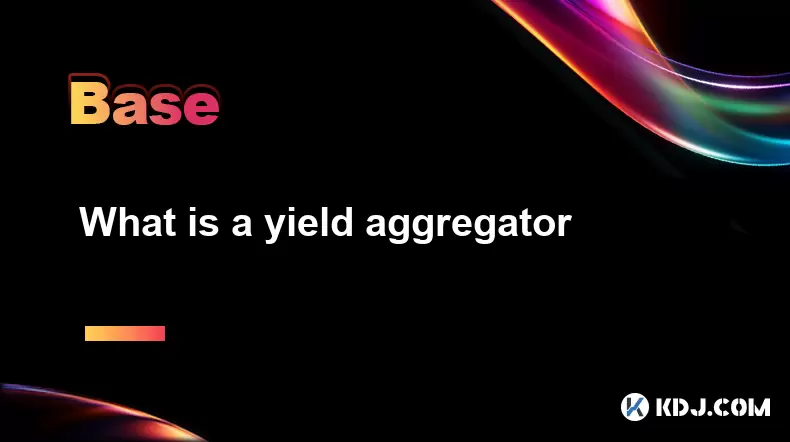
Understanding the Concept of a Yield Aggregator
A yield aggregator is a decentralized finance (DeFi) platform that automates the process of optimizing returns for users by pooling their funds and deploying them across various yield-generating protocols. These platforms utilize smart contracts to manage user assets, continuously seeking out the most profitable opportunities in real time. The primary goal of a yield aggregator is to maximize returns without requiring individual users to manually switch between different DeFi platforms.
Unlike traditional investment strategies, which often involve static allocations, yield aggregators are dynamic and responsive to market conditions. They monitor interest rates, liquidity pools, and reward distributions across multiple protocols to ensure that capital is always allocated where it can generate the highest possible yield.
Key Point:
Yield aggregators reduce the need for constant manual monitoring and decision-making by leveraging algorithmic strategies and automation.How Yield Aggregators Work
Yield aggregators operate through a series of automated processes governed by smart contracts. When a user deposits funds into a yield aggregator, the platform wraps the asset into a tokenized form, often referred to as a "vault share." This share represents the user’s proportional ownership of the pooled assets within the vault.
The platform then uses these pooled assets to interact with external DeFi protocols such as lending platforms, decentralized exchanges, or liquidity pools. Smart contracts execute transactions based on pre-defined strategies designed to capture the best available yields at any given moment.
- Asset Deployment: Funds are automatically deployed into high-yield opportunities.
- Strategy Optimization: Algorithms evaluate and adjust strategies regularly.
- Reward Collection: Generated rewards are harvested and reinvested to compound returns.
- Fee Distribution: A small percentage of earnings is taken as a performance fee by the platform.
Important Note:
Users benefit from compounding without needing to manually claim or redeploy their rewards.Benefits of Using a Yield Aggregator
One of the main advantages of using a yield aggregator is reduced complexity for users. Instead of navigating multiple DeFi platforms, users can deposit their assets into a single vault and let the protocol handle the rest. This simplifies the yield farming experience significantly.
Another major benefit is risk diversification. By spreading investments across several protocols, yield aggregators mitigate the risk associated with relying on a single platform. This also helps protect against potential failures or exploits in any one protocol.
Additionally, yield aggregators often offer compounded returns, meaning that earned rewards are automatically reinvested to generate even more yield over time. This compounding effect can significantly enhance overall returns compared to manual harvesting and redeployment.
Crucial Insight:
Automated compounding ensures that every earned token immediately starts generating additional yield.Potential Risks Involved
Despite their benefits, yield aggregators come with certain risks. One of the most significant is smart contract risk. Since these platforms rely heavily on code to execute transactions, any vulnerability or bug could lead to loss of funds. Audits and security measures are crucial but not foolproof.
Another concern is impermanent loss, especially when liquidity provision is part of the strategy. While this primarily affects decentralized exchange liquidity providers, some yield strategies incorporate liquidity pool participation, exposing users to this risk.
Moreover, protocol risk exists due to the reliance on third-party DeFi platforms. If one of the integrated protocols fails, gets hacked, or experiences a drop in yield, it can negatively impact the overall performance of the vault.
Critical Consideration:
Always research the underlying protocols and the security measures of the yield aggregator before investing.How to Use a Yield Aggregator Step-by-Step
Using a yield aggregator typically involves connecting a compatible wallet, selecting a suitable vault, and depositing assets. Below is a detailed breakdown of the process:
- Connect Your Wallet: Use wallets like MetaMask, Trust Wallet, or WalletConnect to access the platform.
- Browse Available Vaults: Examine each vault’s strategy, supported assets, and historical performance.
- Approve Token Spending: Allow the platform to use your tokens via an approval transaction.
- Deposit Assets: Enter the amount you wish to deposit and confirm the transaction.
- Monitor Performance: Track your balance and earnings directly from your wallet or the platform interface.
Some platforms may also allow users to withdraw partially or fully at any time, depending on the vault's structure. However, frequent withdrawals can incur gas fees and potentially reduce long-term gains.
Essential Detail:
Gas fees should be considered when deciding how often to interact with the platform.Frequently Asked Questions (FAQs)
Q1: Are yield aggregators safe to use?
While many yield aggregators implement strong security measures, they are not entirely risk-free. Users should assess audit reports, community feedback, and the transparency of the team behind the platform before committing funds.
Q2: Can I lose money using a yield aggregator?
Yes, it is possible. Smart contract vulnerabilities, impermanent loss, or poor strategy execution can all result in losses. It's important to understand the risks involved and only invest what you're willing to lose.
Q3: How do yield aggregators decide which protocols to use?
Most aggregators use on-chain data and off-chain analysis to evaluate the performance, security, and stability of external protocols. Some also have governance systems where token holders vote on strategy changes.
Q4: What types of assets can be deposited into a yield aggregator?
This depends on the specific vault. Common options include stablecoins like DAI, USDC, or USDT, as well as native blockchain tokens like ETH or BNB. Some platforms also support LP tokens from decentralized exchanges.
Disclaimer:info@kdj.com
The information provided is not trading advice. kdj.com does not assume any responsibility for any investments made based on the information provided in this article. Cryptocurrencies are highly volatile and it is highly recommended that you invest with caution after thorough research!
If you believe that the content used on this website infringes your copyright, please contact us immediately (info@kdj.com) and we will delete it promptly.
- Investment, Asset, 2009: From Bitcoin's Wild Ride to a Rare 50p Coin
- 2025-07-11 14:30:12
- Bitcoin's Wild Ride: Crypto Shorts Squeezed Amidst Disbelief
- 2025-07-11 14:30:13
- BlockDAG, Miners, and SUI: Charting the Course for Crypto in 2025
- 2025-07-11 12:50:12
- Cathie Wood, Robotics, and Stock Bets: Navigating the AI-Driven Future
- 2025-07-11 12:30:12
- Sacagawea Gold Coin 25th Anniversary: Pricing and Images Revealed!
- 2025-07-11 12:55:12
- Granny's Garden: Vegetables, School Fees, and the Heart of Education
- 2025-07-11 12:30:12
Related knowledge

What is the Bitcoin dominance index
Jul 11,2025 at 04:29am
What is the Bitcoin Dominance Index?The Bitcoin Dominance Index is a metric used to gauge Bitcoin's market capitalization relative to the total market...
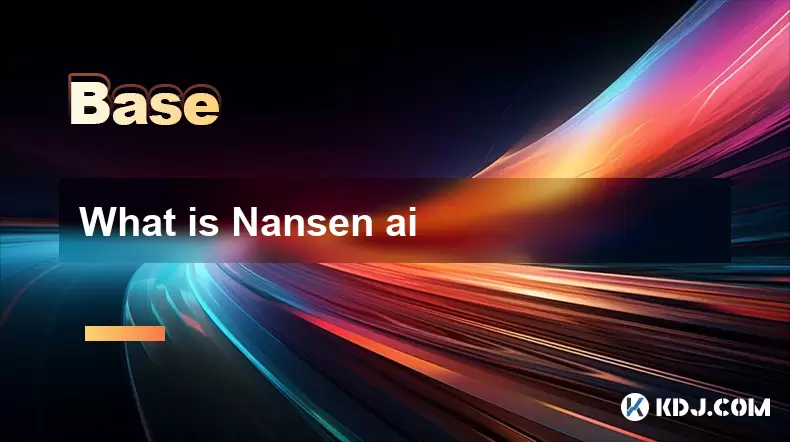
What is Nansen ai
Jul 11,2025 at 03:42am
What is Nansen AI?Nansen AI refers to the integration of artificial intelligence technologies into the Nansen platform, which is primarily known for i...
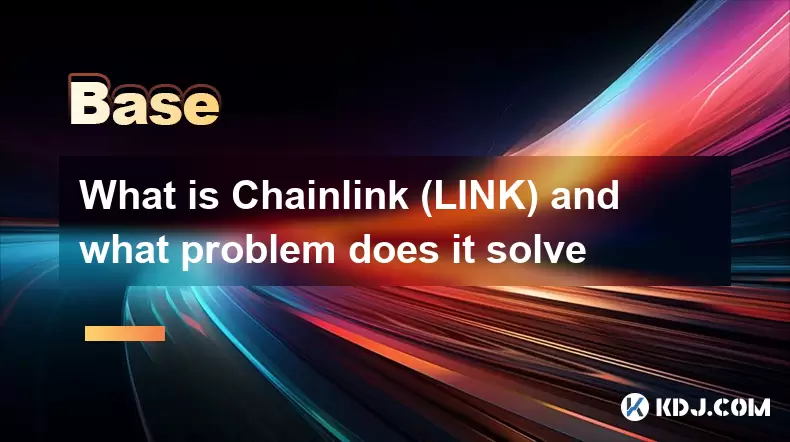
What is Chainlink (LINK) and what problem does it solve
Jul 11,2025 at 12:21pm
What is Chainlink (LINK)?Chainlink is a decentralized oracle network designed to connect smart contracts with real-world data and external systems. Sm...
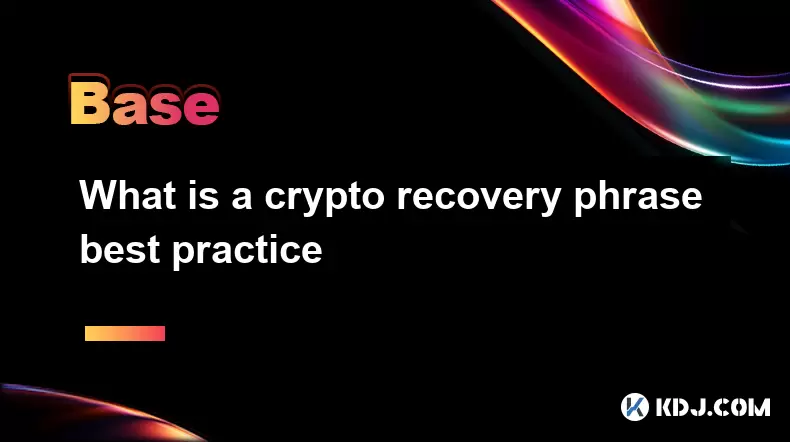
What is a crypto recovery phrase best practice
Jul 11,2025 at 05:56am
Understanding the Role of a Crypto Recovery PhraseA crypto recovery phrase, also known as a seed phrase or mnemonic phrase, is a sequence of words gen...

What is a yield aggregator
Jul 11,2025 at 10:42am
Understanding the Concept of a Yield AggregatorA yield aggregator is a decentralized finance (DeFi) platform that automates the process of optimizing ...
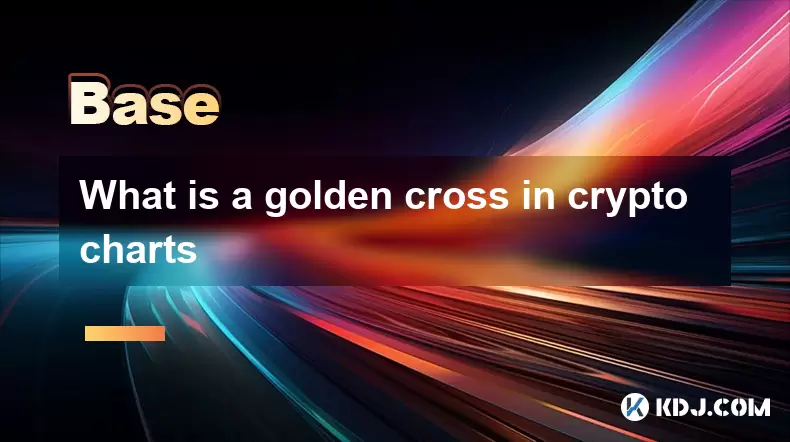
What is a golden cross in crypto charts
Jul 11,2025 at 05:43am
Understanding the Golden Cross in Cryptocurrency ChartsA golden cross is a technical analysis pattern that occurs when a short-term moving average cro...

What is the Bitcoin dominance index
Jul 11,2025 at 04:29am
What is the Bitcoin Dominance Index?The Bitcoin Dominance Index is a metric used to gauge Bitcoin's market capitalization relative to the total market...

What is Nansen ai
Jul 11,2025 at 03:42am
What is Nansen AI?Nansen AI refers to the integration of artificial intelligence technologies into the Nansen platform, which is primarily known for i...

What is Chainlink (LINK) and what problem does it solve
Jul 11,2025 at 12:21pm
What is Chainlink (LINK)?Chainlink is a decentralized oracle network designed to connect smart contracts with real-world data and external systems. Sm...

What is a crypto recovery phrase best practice
Jul 11,2025 at 05:56am
Understanding the Role of a Crypto Recovery PhraseA crypto recovery phrase, also known as a seed phrase or mnemonic phrase, is a sequence of words gen...

What is a yield aggregator
Jul 11,2025 at 10:42am
Understanding the Concept of a Yield AggregatorA yield aggregator is a decentralized finance (DeFi) platform that automates the process of optimizing ...

What is a golden cross in crypto charts
Jul 11,2025 at 05:43am
Understanding the Golden Cross in Cryptocurrency ChartsA golden cross is a technical analysis pattern that occurs when a short-term moving average cro...
See all articles























